- Home
- Health & Fitness
- Body Fat
 Body Fat Calculator for Women & Men
Body Fat Calculator for Women & Men

Estimate Your Body Fat Percent
There are many ways to estimate body fat. This calculator asks for your weight, gender and the size around 4 different body areas to estimate your body fat percent based on a formula developed by the United States Navy.
Measuring Body Fat for Optimum Fitness
- Guide Authored by Corin B. Arenas, published on September 16, 2019
Some people are thin but have an unhealthy amount of fat in their bodies. On the other hand, others look large but have greater muscle mass which makes them fit.
Both examples show how fat percentage levels affect health.
While it's a good idea to check the weighing scale now and then, it's equally important to keep tabs on the amount of fat in your body. Even if you lose weight, high body fat can increase your chances of getting heart disease, hypertension, and other chronic ailments.[1]
To get your body fat percentage, try the calculator at the top of this page.
Read on to get started and learn more.
What is a Healthy Body Fat Percentage?
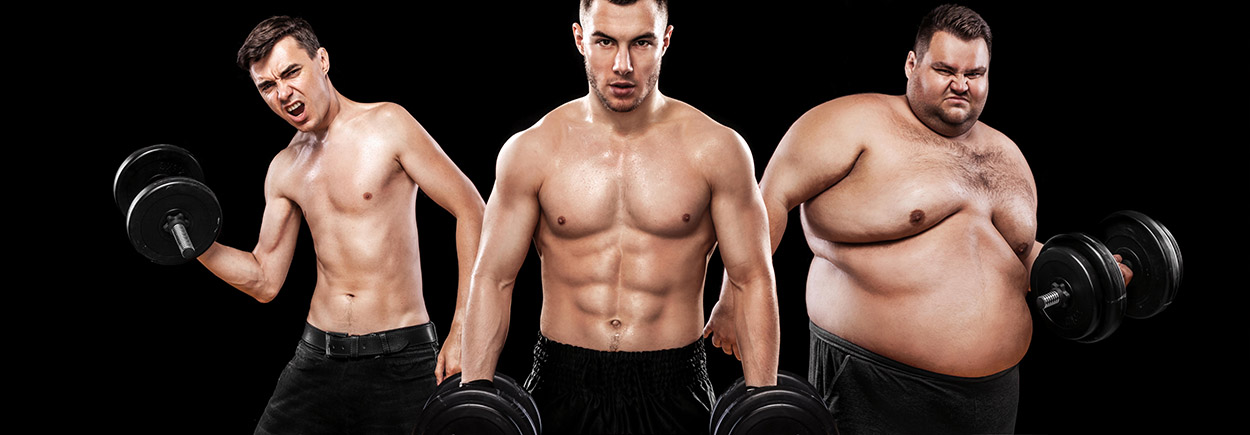
The ideal percentage of body fat differs between men and women. This is primarily because they have differences in body composition. Body composition is the proportion of fat relative to lean tissue, such as muscles, organs, bones. It's a clear indicator for fitness, which reveals the amount of fat mass instead of total weight.[2]
Why Track Your Body Fat? If it doesn't show on the weighing scale, body fat percentage can affirm your progress. If not, then you need to make diet and exercise adjustments. It's also a good idea to aim for fat loss instead of weight loss alone.
Can you use BMI to get percent body fat? No, it is not an ideal predictor of body fat percentage. The Body Mass Index (BMI) does not factor differences in body composition between men and women. It also does not differentiate body fat from lean muscle mass.
However, the Beth Israel Lahey Health Winchester Hospital published a body fat percentage chart which considers body composition variations between men and women [2]:
| Men | Women | ||
|---|---|---|---|
| Age | % Body Fat | Age | % Body Fat |
| 20 – 39 | 8 – 19% | 20 – 39 | 21 – 32% |
| 40 – 59 | 11 – 21% | 40 – 59 | 23 – 33% |
| 60 – 79 | 13 – 24% | 60 – 79 | 24 – 35% |
The American Council on Exercise (ACE) has also published an ideal body fat chart for men and women.[3] In this version, the percentage differs per health category.
| Classification | Men % Body Fat | Women % Body Fat |
|---|---|---|
| *Essential fat | 2 – 5% | 10 – 13% |
| Athletes | 6 – 13% | 14 – 20% |
| Fitness | 14 – 17% | 21 – 24% |
| Average | 18 – 24% | 25 – 31% |
| Obese | 25% and higher | 32% and higher |
*Percentage for Essential Fats – This shows the percentage required for essential fats. These fats are considered ‘essential' because they cannot be produced by the body. They are crucial for primary functions like brain development, blood clotting, and controlling inflammation.[4]
Men possess more lean mass, while women have more fat mass than men. Women naturally have a higher body fat percentage to maintain their menstrual cycle, which is needed for childbearing.[5]
Men tend to develop adipose tissue (loose connective tissue composed of fat) around the abdomen and trunk of the body. Women, on the other hand, typically get more adipose tissue around their hips and thighs. For both sexes, body fat naturally increases with age.
The U.S. Navy Fitness and Body Fat Standards
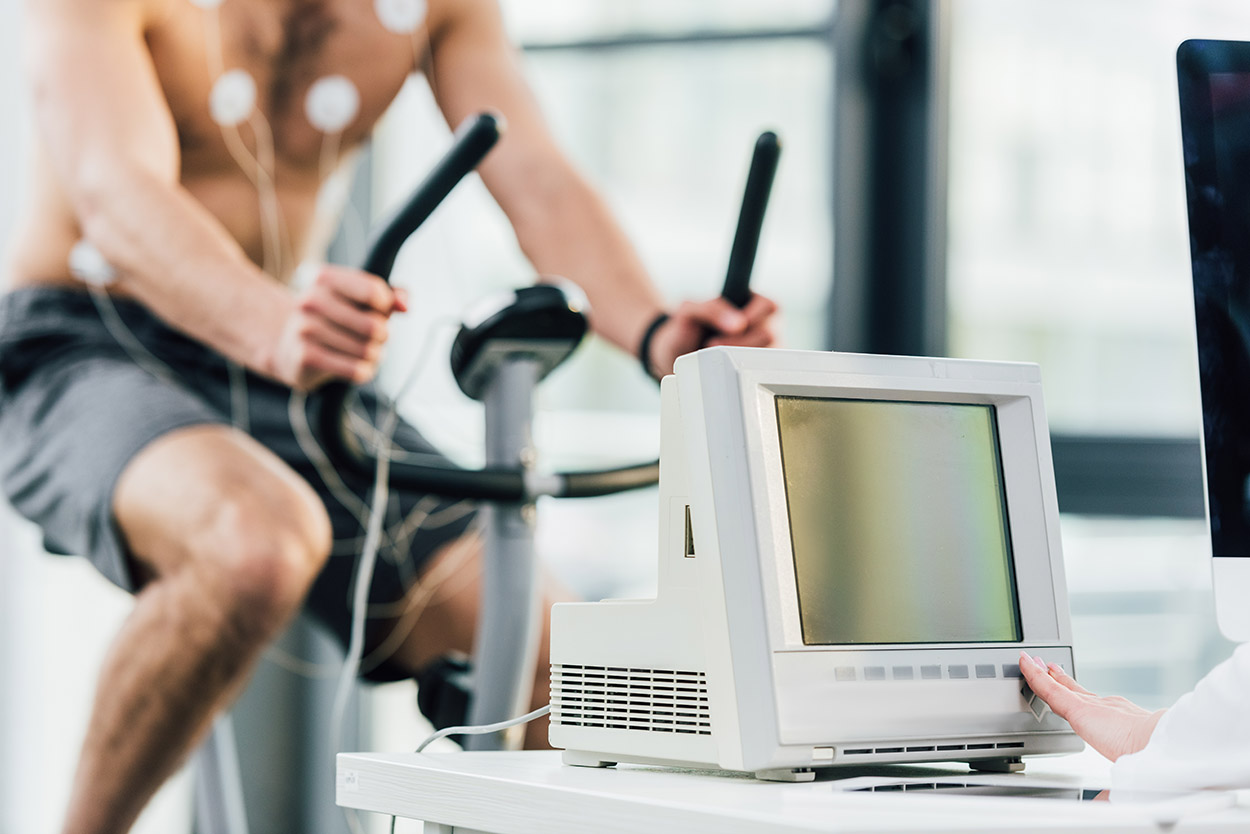
In the book, Weight Management: State of the Science and Opportunities for Military Programs, the primary purpose for fitness and body composition benchmarks is to choose soldiers best suited for the physical demands of the service.[6]
This is based on the assumption that proper body weight and composition is a prerequisite for good health and physical readiness. Fitness ensures higher survival rates for troops, enabling soldiers to better perform under physical and mental stress.
Today, because over one-third of adults in the U.S are obese,[7] the government imposes strict fitness standards to maintain a strong military force. Around 8% of U.S. military is overweight or has more than the required body fat percentage, states Stewart Smith, former Navy SEAL and certified strength and conditioning specialist.[8]
For members, failure to meet fitness standards mean losing the following privileges:
- Re-enlistment
- Promotion
- Taking leadership positions
- Attending professional military schools
For applicants, screening is done to check if they are within the recommended weight and height (body mass index) standards. If an applicant does not fall within the advised range, the ‘tape test' is given to estimate their body fat percentage. This helps determine if the applicant is eligible for service.
See the Navy Maximum Weight and Height Chart [9]:
| Gender | Male | Female |
|---|---|---|
| Height (in.) | Weight (lbs.) | Weight (lbs.) |
| 5'8 | 131 | 131 |
| 5'9 | 136 | 136 |
| 6'0 | 141 | 141 |
| 6'1 | 145 | 145 |
| 6'2 | 150 | 149 |
| 6'3 | 155 | 152 |
| 6'4 | 160 | 156 |
| 6'5 | 165 | 160 |
| 6'6 | 170 | 163 |
| 6'7 | 175 | 167 |
| 6'8 | 181 | 170 |
| 6'9 | 186 | 174 |
| 7'0 | 191 | 177 |
| 7'1 | 196 | 181 |
| 7'2 | 201 | 185 |
| 7'3 | 206 | 189 |
| 7'4 | 211 | 194 |
| 7'5 | 216 | 200 |
| 7'6 | 221 | 205 |
| 7'7 | 226 | 211 |
| 7'8 | 231 | 216 |
As of 2019, the U.S. military weight and height guidelines require service members to maintain body fat levels below 28% for men, and 36% for women.[10] For U.S. Navy applicants, the body fat percentage limit for ages 22 to 29 is 23% for men, and 34% for women.
Body fat percentage limit for U.S. Navy service members:
| Age Range | % Body Fat, Men | % Body Fat, Women |
|---|---|---|
| 18 – 21 | 22% | 33% |
| 22 – 29 | 23% | 34% |
| 30 – 39 | 24% | 35% |
| Over 40 | 26% | 36% |
How Reliable is It?
The tape test is easy to conduct, but many say it's not the most accurate way to measure body fat.[11]
In some cases, there have been soldiers who pass the physical readiness test but do not pass the tape test. According to a report on the Military Times, the margin of error can vary by as much 15 percent, plus or minus.[12]
Though it's not the best way to measure body fat, it's still the most affordable and convenient method to administer tests on hundreds of soldiers within a short period of time.
How is the Tape Test Done?
The tape test estimates body fat percentage by taking weight, height, waist, and neck measurements. For women, hip circumference is also taken. At least three measurements are recorded to make sure the figures are correct.
The body fat percentage equation was developed at the Naval Health Research Center (NHRC).[13] See the formula below:
- Men: Body Fat % = 495 / (1.0324 – 0.19077 * log10(waist – neck) + 0.15456 * log10(height)) – 450
- Women: Body Fat % = 495 / (1.29579 – 0.35004 * log10(waist + hip – neck) + 0.22100 * log10(height)) – 450
To see how the calculation is done, review the the example below:
Woman
Weight: 130 lbs., Height: 5 ft. 6 in.
Waist (at narrowest): 29 in., Hip (at widest): 38 in., Neck (at narrowest): 12 in.
Body Fat
= 495 / (1.29579 – .35004 * log10(waist + hip – neck) + .22100 * log10(height)) – 450
= 495 / (1.29579 – .35004 * log10(29in * 2.54cm/in + 38in * 2.54cm/in – 12in * 2.54cm/in) + .22100 * log10(66in * 2.54cm/in)) – 450
= 28%
Take note: the measurements in inches were multiplied by 2.54 to convert to cm.
To calculate pounds of fat mass, multiply the body fat percentage with the weight.
Fat Mass
= Body Fat % * Weight
= 28% * 130 lbs.
= 36 lbs.
To estimate lean mass, subtract the fat mass from the weight.
Lean Mass
= Weight – Fat Mass
= 130 lbs. – 36 lbs.
= 94 lbs.
For this example, the woman's body fat percentage is 28% percent, which is within the recommended standards. She has 94 lbs. of lean muscle and 36 lbs. of fat mass.
To calculate faster, use the calculator at the top of this page.
Effective Ways to Measure Body Fat Percentage
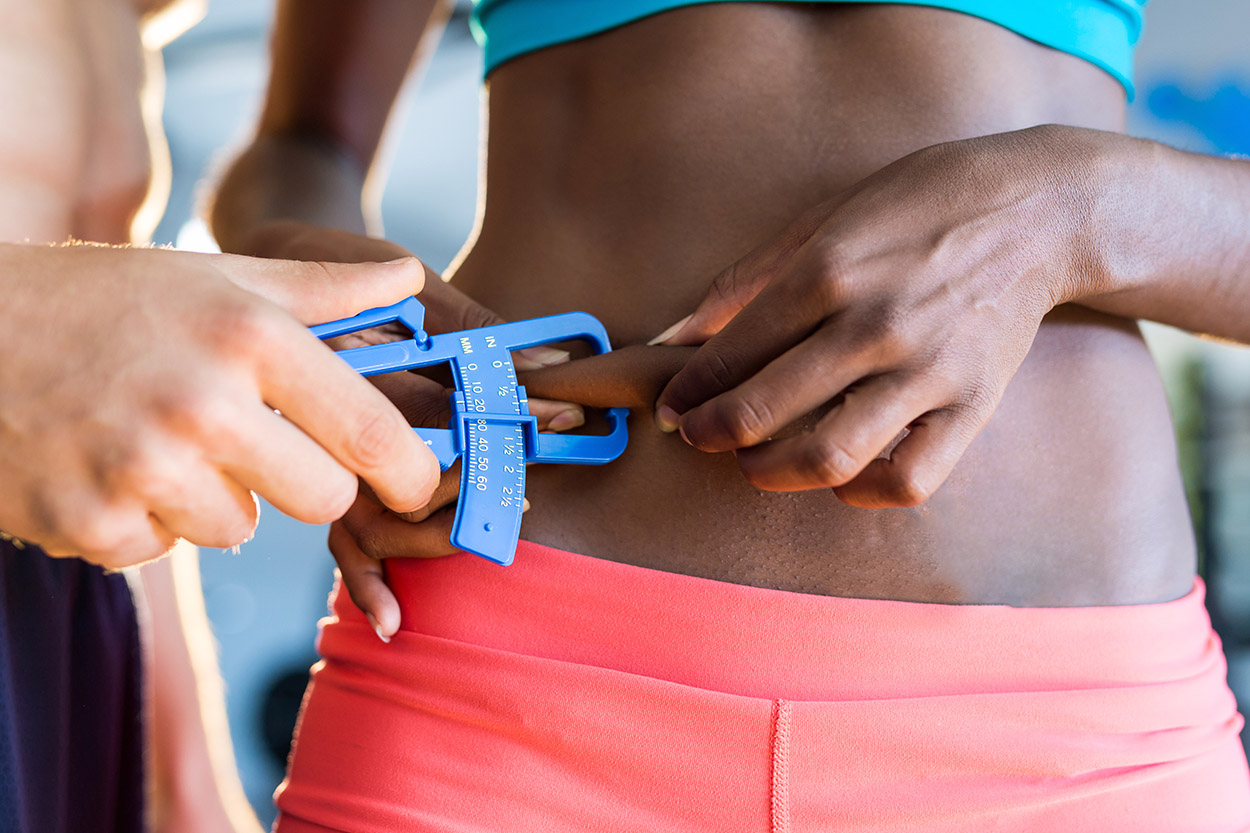
There are several ways to know if you have healthy fat levels. Some methods are readily available, while others are harder to find. Below are several effective methods you can try.
Skinfold Calipers
This tool measures subcutaneous tissue or the thickness of fat underneath the skin at specific parts of the body.[14] Skinfold calipers generally measure 3 or 7 different skinfold sites. While the same sites are checked for both sexes, for women, the fat above the hip bone is also measured.
Skinfold calipers are widely available and affordable. This makes them practical tools for measuring body fat percentage. However, the accuracy highly depends on the skill of the individual.
Using calipers requires basic knowledge of anatomy and practice to obtain the right results. Moreover, some people do not feel comfortable being pinched.
According to Body Composition: Health and Performance in Exercise and Sport by Henry C. Lukaski, caliper measurement errors can range from 3.5% to 5% body fat.[15] So it's best to get an experienced person to measure your stats.
Caliper pinch tests are taken from the following skinfold areas [16]:
- Chest – above nipple, closer to the side
- Midaxillary – area underneath armpit
- Suprailiac – to the side of the tummy
- Abdomen – near the belly button
- Triceps – fold behind arm
- Subscapular – under the shoulder blade, near the middle of the back
- Thigh – skinfold at least 4 in. above the knee
- Area above the hip bone (for women)
The 3-site approach for men can be a combination of the chest, abdomen and thigh, or chest, triceps and subscapular skinfold.
For women, the 3-site approach includes the chest, triceps and area above the hip bone, or the chest, thigh and subscapular skinfold.
Dual-Energy X-ray Absorptiometry (DXA)
A DXA scan requires a person to lie on their back for at least 10 minutes while an x-ray scans the body. This method is also used to measure bone density, lean mass, and fat in different parts like the legs, arms and the torso.
According to Lukaski, the DXA has an error rate of 2.5% to 3.5% body fat, which is a lot lower than using skinfold calipers.[15] It breaks down information into different regions of the body, including detailed bone density readings.
However, this procedure is only available in research facilities and hospitals, making it expensive. Exposure to a small amount of radiation is also a concern for some individuals.
Since it's not widely available, the DXA is not a practical method for general testing.
Hydrostatic Weighing
According to Healthline, one of the best methods to measure body fat percentage is through hydrostatic weighing or hydrodensitometry.[17]
A hydrostatic weighing procedure estimates body composition based on its density.[18] In this method, subjects are weighed under water after exhaling as much air as they can from their lungs. It also weighs them back on land, while measuring how much air they have left in their lungs.
The measurements are calculated using a special equation to find the body's density. The figure is then used to estimate body fat percentage.
The book Human Body Composition edited by Steven B. Heymsfield states that errors performed using hydrostatic weighing can be as low as 2% body fat.(19)
However, it's a specialized method that's only available in universities, hospitals, and a few fitness clubs. The procedure is also limited because some individuals cannot be fully submerged under water.
Multi-Compartment Models
Multi-compartment models are considered the most precise way to determine body composition, according to Lukaski and Heymsfield. It's the best way to measure body fat percentage, with error rates under 1%.[15]
This method employs multiple tests to estimate body mass, body volume, bone content, and body water.(20)
However, multi-compartment models are not available to the public. This procedure is only found in few hospitals and select research facilities. Nonetheless, it's the gold standard in measuring body fat percentage.
Strategies to Reduce Excess Body Fat
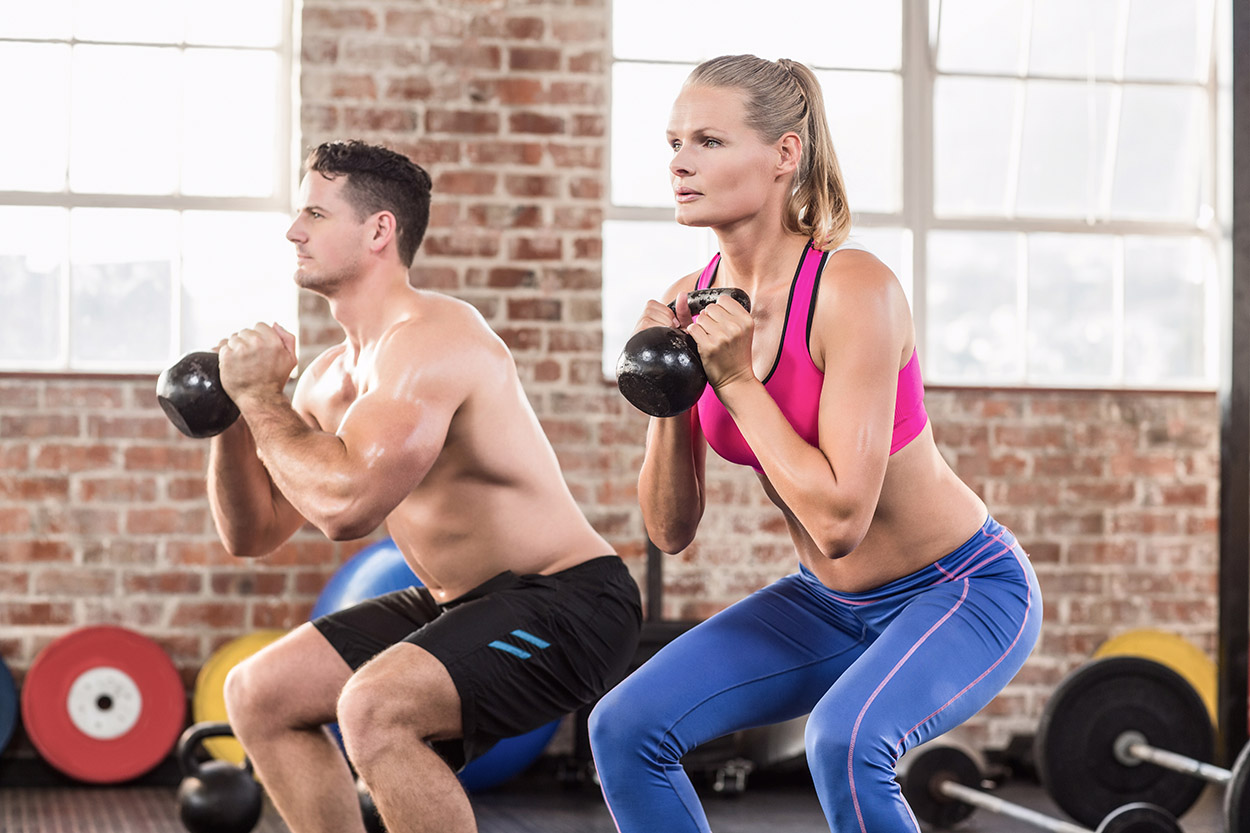
Beyond losing pounds, focus your efforts on effective fat loss techniques.
When it comes to making diet changes, keep in mind it's more than just cutting calories. You should choose more nutritious meals over processed foods. For exercise, it's important to keep yourself active and to add more resistance training into your routine.
Here are several other ways you can reduce your body fat percentage:
- Eat less sugar – Cutting sugar is one of the fastest ways you can reduce fat in your diet. Avoid ingredients such as barley malt, maltodextrin, dextrin, caramel, other syrups, fruit juice concentrate, and fruit juice crystals.
- Consume more fiber – High-fiber foods can help prevent fat accumulation. A study shows it can help remove up to 3.7% of belly fat within 5 years.[21] Examples of fiber-rich foods include pears, raspberries, broccoli, artichoke, oats, and chia seeds.
- Add more protein to your diet – Protein-rich foods help maintain muscle mass and metabolism while you're losing weight. Eating more protein is also associated with lower risk of accumulating belly fat.[22]
- Increase your aerobic exercises – Doing more aerobic or cardiovascular workouts decreases belly fat and overall body fat.[23] Try to aim for 150 – 300 minutes of aerobic exercises a week.
- Focus on strength training – Aside from preserving your muscle, lifting weights is effective in reducing visceral fat (fat around the belly). According to a study, 12 weeks of strength training paired with cardiovascular workouts is more effective at decreasing body fat than just cardiovascular exercises.[24]
The Bottom Line
Tracking your fat levels is a better way of knowing if you're healthy even if you're not overweight. There are many ways to estimate body composition and fat percentage. Though the level of accuracy varies, each method must be done properly to obtain the closest measurement.
When it comes to fat loss, it takes a while to get used to a healthy diet and an exercise regimen. To be safe, remember to consult your doctor before following a new diet program and workout routine.
About the Author
Working as a health writer since 2016, Corin is interested in longevity research and how to improve the quality of human life. She holds a Master’s degree in Creative Writing from the University of the Philippines, one of the top academic institutions in the world, and a Bachelor’s in Communication Arts from Miriam College. Her other feature articles can be read on Inquirer.net and Manileno.com.
References
- https://www.webmd.com/heart-disease/news/20050329/how-does-body-fat-raise-heart-disease-risk#1
- https://www.winchesterhospital.org/health-library/article?id=41373
- https://www.acefitness.org/education-and-resources/lifestyle/blog/112/what-are-the-guidelines-for-percentage-of-body-fat-loss
- https://medlineplus.gov/ency/patientinstructions/000104.htm
- https://www.ncbi.nlm.nih.gov/pubmed/3117838
- https://www.ncbi.nlm.nih.gov/books/NBK221832/%5d
- https://www.cdc.gov/obesity/adult/defining.html
- https://www.thebalancecareers.com/army-tape-test-3344565dextrin, maltodextrin, barley malt, caramel, fruit juice concentrate, fruit juice crystals, or other syrups
- https://www.military.com/military-fitness/navy-fitness-requirements/navy-body-composition-assessment
- https://www.thebalancecareers.com/army-tape-test-3344565
- https://www.ncbi.nlm.nih.gov/pubmed/25562863
- https://www.militarytimes.com/2013/05/21/experts-tape-test-has-huge-margin-of-error/
- https://www.med.navy.mil/sites/nhrc/Pages/default.aspx
- https://www.sciencedirect.com/topics/nursing-and-health-professions/skinfold-calliper
- https://catalog.loc.gov/vwebv/search?searchCode=LCCN&searchArg=2016054140&searchType=1&permalink=y
- https://catalog.loc.gov/vwebv/search?searchCode=LCCN&searchArg=2012036403&searchType=1&permalink=y
- https://www.healthline.com/nutrition/ways-to-measure-body-fat
- https://www.ncbi.nlm.nih.gov/pubmed/21719905
- https://catalog.loc.gov/vwebv/search?searchCode=LCCN&searchArg=2004026523&searchType=1&permalink=y
- https://www.ncbi.nlm.nih.gov/pubmed/12399267
- https://www.ncbi.nlm.nih.gov/pmc/articles/PMC3856431/)
- https://www.ncbi.nlm.nih.gov/pubmed/16002798
- https://www.ncbi.nlm.nih.gov/pubmed/17637702
- https://www.ncbi.nlm.nih.gov/pmc/articles/PMC3487794/
Health Cartoons
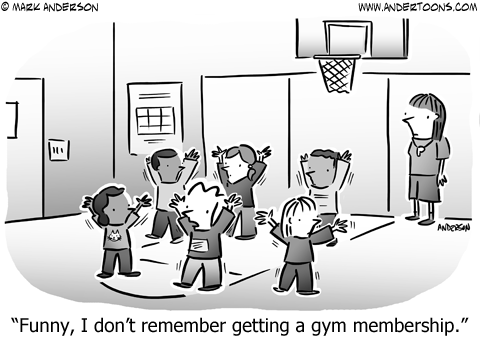

Don't Be This Guy!
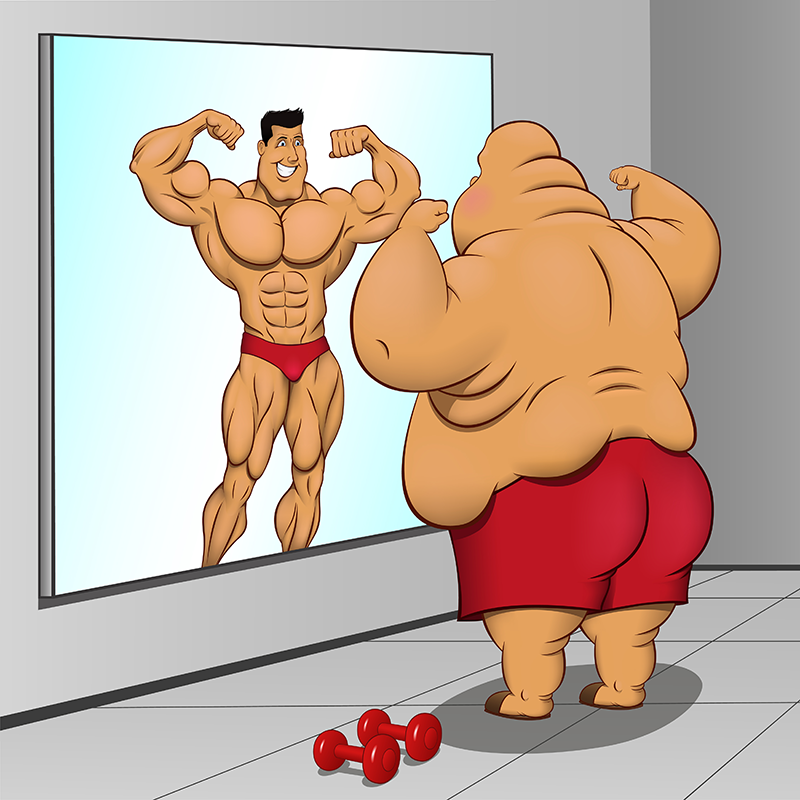
Change privacy settings
